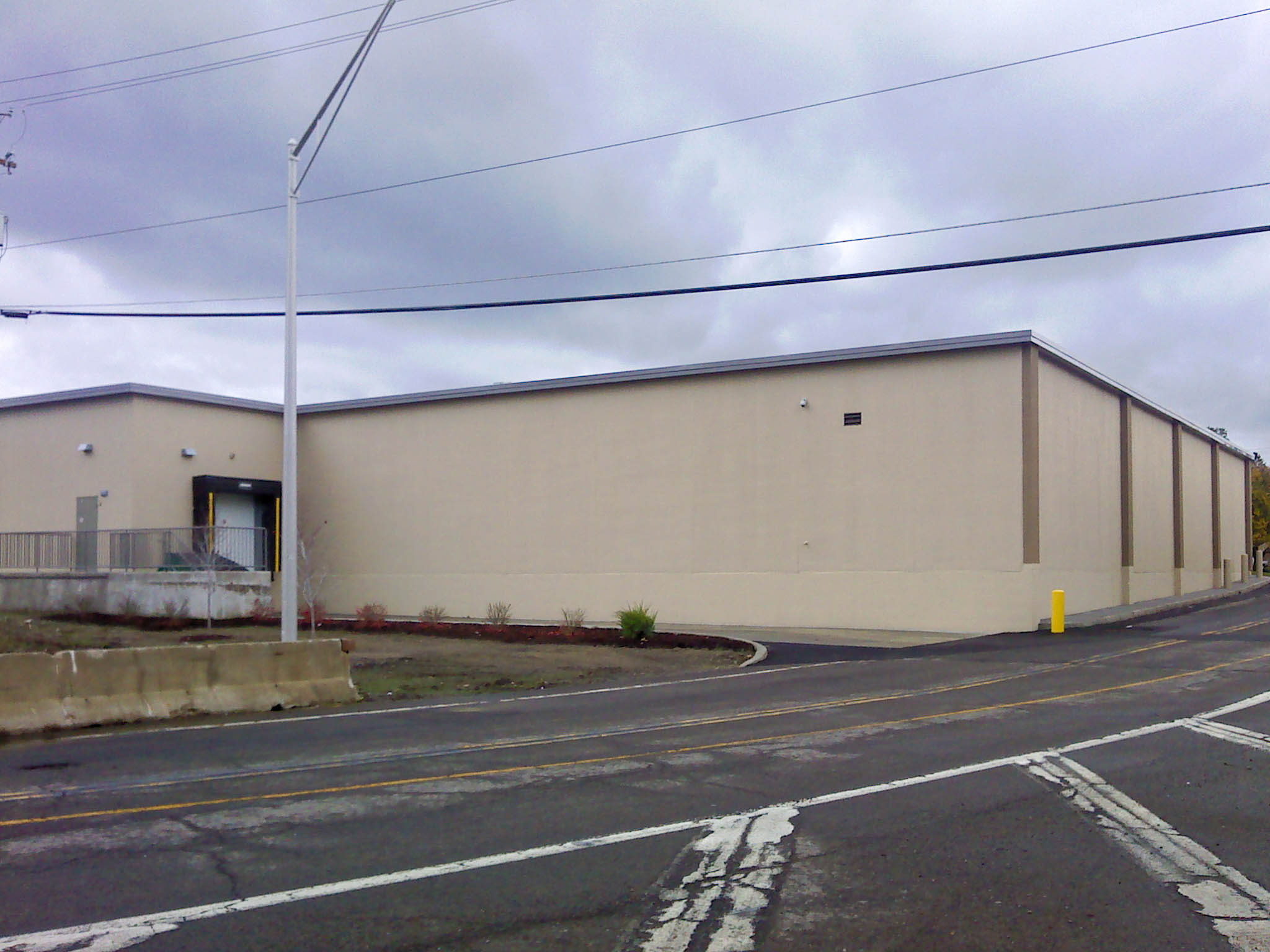Precast concrete, a construction method involving the manufacturing of concrete elements in a controlled environment, has become increasingly popular due to its numerous advantages, including significant cost savings. By understanding the key ways precast concrete can reduce expenses, you can make informed decisions to optimize your construction projects.

One of the most substantial benefits of precast concrete is its ability to significantly accelerate construction timelines. By manufacturing components off-site in a controlled factory setting, precast concrete eliminates the need for on-site curing, allowing for faster installation and project completion. This streamlined approach leads to substantial savings in labor costs, equipment rental fees, and project financing expenses.
2. Reduced Labor Costs: Optimizing Workforce Efficiency
Precast concrete elements are manufactured in a controlled factory setting, where skilled workers can efficiently produce high-quality components. This controlled environment minimizes the need for extensive on-site labor, resulting in significant reductions in labor costs. Additionally, precast installation requires less skilled labor, as the elements are typically lifted into place using cranes or other specialized equipment.
3. Improved Project Scheduling and Coordination: Streamlining the Construction Process
The precise manufacturing process of precast concrete enables accurate scheduling and coordination of construction activities. By knowing the exact delivery dates of precast elements, contractors can plan their work more efficiently, minimizing delays and costly idle time. This improved project scheduling and coordination can lead to substantial cost savings.
4. Enhanced Quality Control: Ensuring Superior Construction Standards
Precast concrete components are manufactured in a controlled environment, where quality control measures can be strictly enforced. This ensures that the elements meet or exceed industry standards, reducing the risk of defects and the need for costly repairs or replacements. By investing in quality control upfront, you can save money on potential rework and maintenance costs in the long run.
5. Reduced Material Waste: Minimizing Environmental Impact and Costs
The precise manufacturing process of precast concrete minimizes material waste. By carefully calculating the required amount of concrete and reinforcing steel, contractors can avoid unnecessary overage and reduce material costs. Additionally, the controlled environment of a precast plant allows for efficient recycling of excess materials, further contributing to cost savings and environmental sustainability. Learn more info about the Eco-Friendly Advantages of Precast Concrete.
6. Increased Design Flexibility: Tailoring Solutions to Unique Needs
Precast concrete offers a wide range of design possibilities, allowing architects and engineers to create innovative and visually appealing structures. With the ability to customize shapes, sizes, and finishes, precast concrete can meet the specific needs of any project, reducing the need for costly custom fabrication or on-site modifications.
7. Lower Maintenance Costs: Building for Longevity and Efficiency
Precast concrete is a durable and long-lasting material that requires minimal maintenance. Its resistance to weathering, fire, and pests can significantly reduce long-term maintenance costs. Additionally, the controlled manufacturing process ensures consistent quality, minimizing the risk of premature deterioration and the need for costly repairs.
The Power of Precast Concrete
By understanding the numerous benefits of precast concrete, you can make informed decisions to save money on your construction project. From faster construction timelines and reduced labor costs to improved quality control and design flexibility, precast concrete offers a compelling solution for cost-effective and efficient construction. By embracing this innovative construction method, you can achieve significant cost savings and deliver high-quality projects that meet the demands of modern construction.




